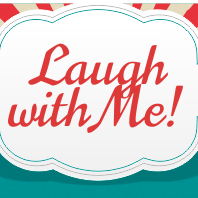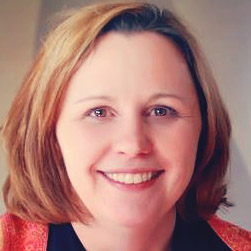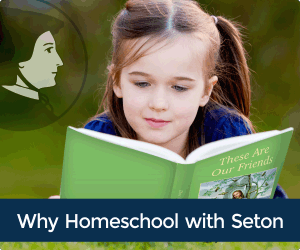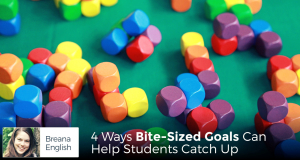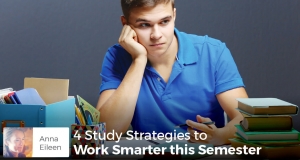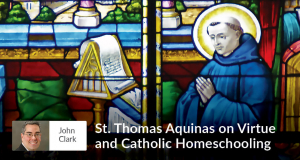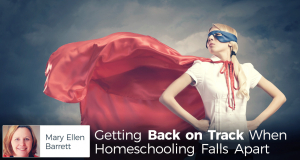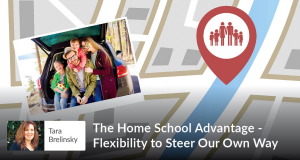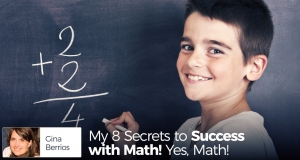Summary
The idea behind Rosetta Stone’s innovative online course, while simple, does help solve the traditional problems of teaching a foreign language in the home.This year, Seton is very excited to announce a new partnership with Rosetta Stone, one of the leading providers of foreign language education in the world.
Rosetta Stone has long been a favorite curriculum choice of homeschooling families, and Seton has historically had many students taking Rosetta Stone courses through our Independent Study Program.
Teaching foreign languages has always been one of the more challenging subjects for homeschooling families. Students ideally need to both hear proper pronunciation and have experience speaking in the language themselves. If the parent/teacher doesn’t already speak the language, this might not always be possible.
In recent years, Seton has focused on providing Latin and Spanish. Not only are these the most popular for Catholic high school students but our staff has the expertise to provide additional resources like pronunciation recordings.
However, earlier in Seton’s history, we had offered both French and German as well, and one day we would like to expand our language offerings even further.
Now – Spanish, French, and German
Now, Seton will be offering Rosetta Stone courses directly. This first year we will start with Spanish, French, and German (because religious vocabulary is so important in Latin, we only plan to continue offering our Fr. Henle Latin series courses).
Because the Rosetta Stone courses contain everything a homeschool family needs, including lessons, resources, and assessments, Seton can offer languages in which our own staff might not have expertise. This will permit us to provide a wider variety of languages.
Rosetta Stone’s innovative and immersive online courses help solve the traditional problems of teaching a foreign language in the home.
Not only does the Rosetta Stone system interactively employ native speakers to pronounce all of the lessons and vocabulary, but the software is programmed to analyze the student’s pronunciation as well.
The lessons are entirely interactive, and students use a microphone to give some answers verbally. The program then compares the pattern of the student’s vocal response with the pattern from the native speaker to make sure the student’s pronunciation is close.
On a personal note, when I was a Seton high school student, I studied both the Fr. Henle Latin and took Rosetta Stone German as an independent study.
Now, about 17 years later, I was tasked with doing a review of the Rosetta Stone German to make sure it was appropriate for our students. I found that I remembered nearly everything I had learned all those years ago.
Rosetta Stone ties words and phrases with images, which helps with memorization, and does so much review and incremental learning that the material becomes second nature.
Knowing how much of a struggle Spanish in particular has been for some students, I think these new Rosetta Stone courses will be the answer to many prayers.
The idea behind the methodology is in some ways quite simple, but was also very difficult for the Rosetta Stone team to perfect over time.
The courses try to replicate what the experience would be like if you moved to a foreign country and only spoke to people who knew the foreign language (i.e., learning through immersion).
English is not used at all in the courses. There are no English translations, no grammar rules explained in English, etc. The object is to learn to think in that language without having to take the intermediate step of translating into English.
As an example, if it were a lesson on colors and you were learning the German word for yellow, which is gelb, Rosetta Stone would present you with perhaps three different pictures of yellow things, maybe a person wearing a yellow shirt, a yellow flower, and a yellow cake. The word gelb would be shown and spoken with each image.
The student has to figure out what these images have in common, but it is usually very obvious. You are never given the English word yellow, but you learn to associate yellow things with the word gelb.
It is amazing how quickly you can build up a vocabulary using this system. By the end of just the First Quarter, students will be able to read and understand four little stories/paragraphs that might appear in a typical Pre-K read-aloud book. Then as they progress, their reading and comprehension levels quickly rise.
Rosetta Stone is perfectly designed for absolute beginners with no prior experience, and because of the simple presentation of the method, these courses could also be appropriate for Junior High students looking to get a jump start on high school credits.
I asked a few of the Seton students on Catholic Harbor who have used Rosetta Stone before what they thought of the program. A sampling of their comments are below.
It is super easy to use and is very interactive! I have learned a lot and would recommend it for anyone! – horsecrzy1
“I love that Rosetta stone uses a visual orientated learning style, especially since 65% of students are visual learners, and since Rosetta Stone has an app, I can do Spanish whenever and wherever.” – Icecool
“It’s a very easy program to use. I learned very quickly, and I really understood what each word meant and when to use it. It was also nice to learn how to say each word through speech, and actually speak Spanish instead of just writing it out. It was very fun, especially at the end of a lesson where they would test your knowledge by simulating a conversation with people in Spanish.” – Steven

 Seton Magazine Catholic Homeschool Articles, Advice & Resources
Seton Magazine Catholic Homeschool Articles, Advice & Resources





